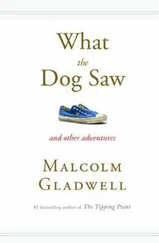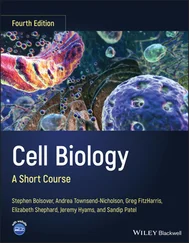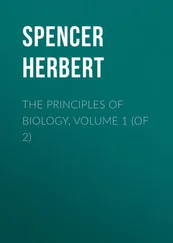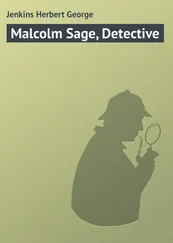Of course, it is hard to imagine conservation biology encompassing humanity’s physical diversity, languages, art, music, science, literature, architecture, and so on. When conservation biologists think about maintaining human cultural diversity, they usually focus on the diverse ways in which rural people, especially people who still use traditional technology, interact with the ecosystems in which they live. For example, ethnobotanists are particularly concerned about maintaining the cultures associated with human use of plants for food, medicine, and other purposes (Balick and Cox 1996 ; Nazarea 1998 ; Gao 2003). Moreover, indigenous peoples have intimate knowledge of wild species and their interactions that can greatly improve endangered species efforts (Nabhan 2000 ; Salomon et al. 2015). Because humans have placed cultural importance on biodiversity for thousands of years and we know that biodiversity can directly affect human health, we expect that biodiversity loss will negatively impact human health via well‐established cultural pathways (Clark et al. 2014). A specific example is the African honey guide ( Fig. 5.13), which reveals ancient connections between human welfare and wild species via shared cultural linkages. More generally, human diets have become simplified with increased accessibility of inexpensive agricultural commodities, and erosion of biodiversity in agriculture and food has led to consequences for human health and well‐being. Once lost, traditional systems that link wild species as food sources to human health are hard to recreate (Johns and Eyzaguirre 2006).
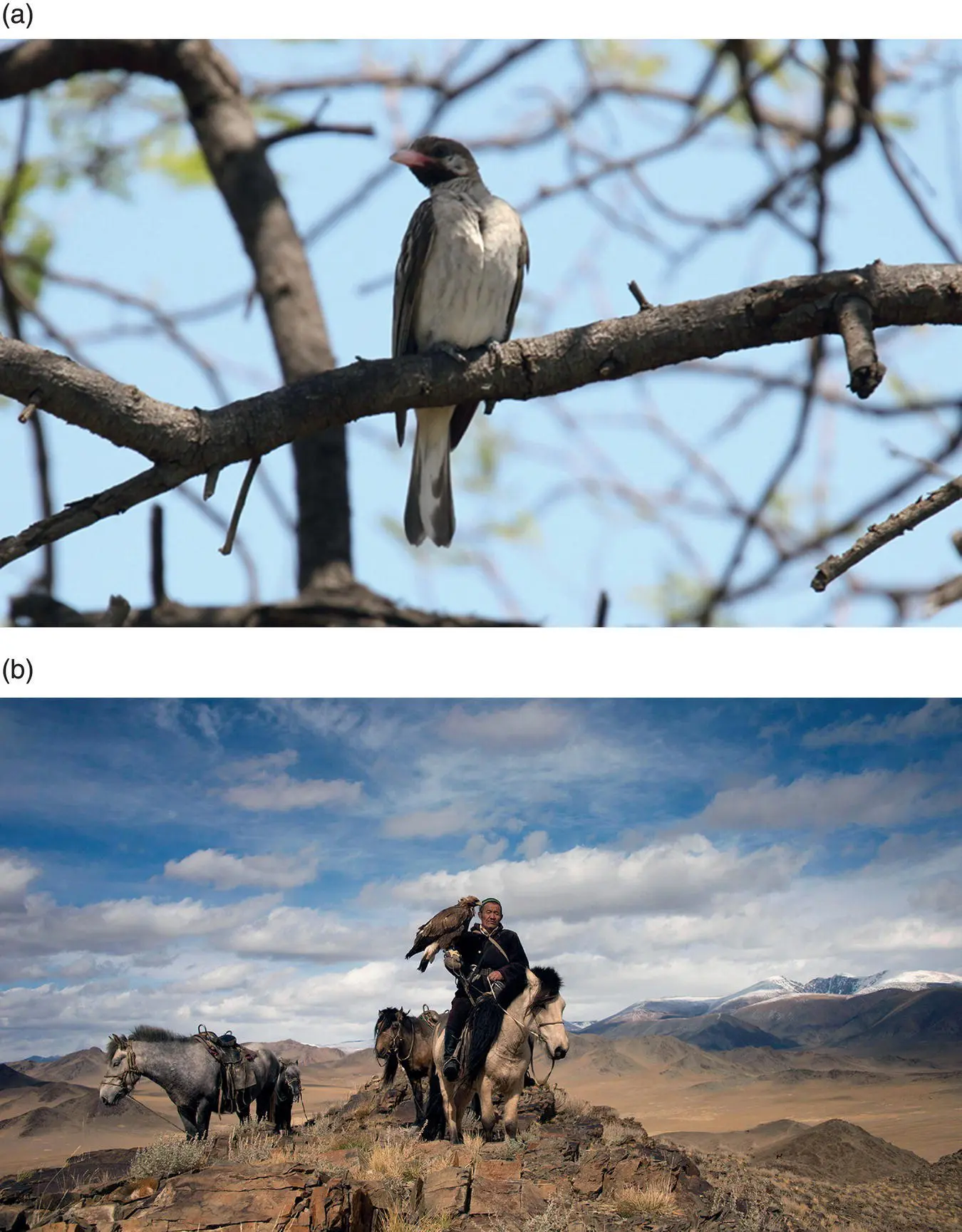
Figure 5.13 Wild animals and humans have long shared culture based on collaborating to find food. A famous example is in Africa, where greater honey guides (a) lead human honey hunters to bee colonies, and the humans, on opening up the nest, leave some food for the birds to feast on (Spottiswoode et al. 2016; B.M. Wood et al. 2014). (b) Similarly, in western Mongolia, Kazakh peoples use golden eagles, northern goshawks, peregrine falcons, saker falcons, and other raptors to hunt foxes and hares during the cold winter months with the hunters securing the pelts and the raptors some or all of the meat.
([a] Dominic Sherony/Wikimedia Commons/CC BY‐SA 2.0 [b] Mark Robinson/Alamy Stock Photo)
In short, conserving human cultural diversity along with biological diversity and interactions between the two is fertile ground for collaboration among conservation biologists, anthropologists, and others. Perhaps the explosion of techniques, approaches, and applications of genetics to conservation ( Box 5.1) will expand into the future to address issues conserving cultural diversity as well.
BOX 5.1The role of genetics in conservation biology
Genetics plays a special role in conservation biology. We touch on many uses of genetics throughout this book, but do not dwell much on the genetic approaches behind them. Here we “call out” the significant ways that modern genetics contributes to biodiversity conservation – some obvious and some surprising.
Effective population size ( N e) is a critical piece of information for management of many rare species. In theory it is easy to count the number of individuals in the field, pass the numbers through some formulae, and estimate N e. In reality, many creatures are very difficult to count in the wild (too rare, too shy, too cryptic, etc.). Genetic methods offer an alternative. One can estimate N eby looking at the change in heterozygosity over time, something that can be done with historical and contemporary genetic samples. Genotypes can also be used as “tags,” like the bird rings and other crude methods biologists use to mark animals and estimate their population sizes through mark–recapture methods. This is particularly helpful for estimating populations of animals that are challenging to catch and mark, like grizzly bears (Kendall et al. 2016) or great white sharks (Andreotti et al. 2016), but whose DNA you can sample without catching them, for example from their hair left on trees, or feces on the ground or in the water. Signatures of population history can also be found in genetic data that provide insights into whether a population has declined, expanded, or remained stable over recent generations (Garrick et al. 2014).
As hard as species are to count, it is even harder to know how they move around the landscape. Yet migration and dispersal are critical to understand, for example to maintain migration routes among protected areas. The history of movement of a species is captured in the pattern of how alleles are spread via gene flow by individuals moving around the landscape (Manel and Holderegger 2013), indicating what conduits of habitat should be protected (e.g. in the case of frogs on Mount Kilimanjaro: Zancolli et al. 2014). This is the essence of landscape genetics.
Defining Units of Conservation
Species are the typical focus of conservation, but just conserving species will not adequately protect intraspecific diversity, which is the basis of evolutionary potential. How are species and their constituent populations organized across their range? How should they best be protected? Fisheries biologists frequently try to distinguish stocks of fish for improved management – that is, uncovering “units of conservation” – a good example of which is the work of Zhivotovsky et al. (2015) on how a massive salmonid fish known as the taimen is organized around the Russian Far East.
Genetics is critical for measurement of hybridization between species. In many countries, hybrids are not protected by law. The ongoing controversy over listing the red wolf as an endangered “species” versus dropping protection because it is merely a hybrid of gray wolves and coyotes is one that pivots on new and ever more definitive genetic analyses published every few years (see Cahill et al. 2016). Hybridization is also a real threat to many rare species, and genetic methods enable us to detect the extent of the problem. Very occasionally hybrids can be used to restore depleted species (Edwards et al. 2013).
Most genetic analyses are based on “markers” with no known connection to the actual fitness. Which specific genes and alleles are actually tied to a particular challenge the species is facing? These genetic signatures of adaptation are critical for choosing the best individuals for rescuing a species, particularly in a changing world where certain alleles might be more advantageous. A good example is the use of scans of the entire genome of the endangered Przewalski’s horse of Mongolia to identify informative genetic markers to monitor and select for during captive breeding (Der Sarkissian et al. 2015).
Phylogenetic Prioritization
Knowing how one species is related to another is useful for at least three reasons. The first is identification of distinct lineages in need of protection (e.g. cryptic cave fish: Niemiller et al. 2013). The second is understanding a species’ relative phylogenetic distinctiveness (e.g. for prioritizing lineages of freshwater mussels for protection: Jones et al. 2015). The third is mapping areas of their world where evolutionary distinctiveness is concentrated (Jetz et al. 2014).
Molecular genetics has been helpful for identifying the sources and identity of traded species, for example in the case of elephant ivory (Wasser et al. 2015), caviar from endangered sturgeon (Fain et al. 2013), and mahogany in the timber trade (Degen et al. 2013).
Читать дальше


